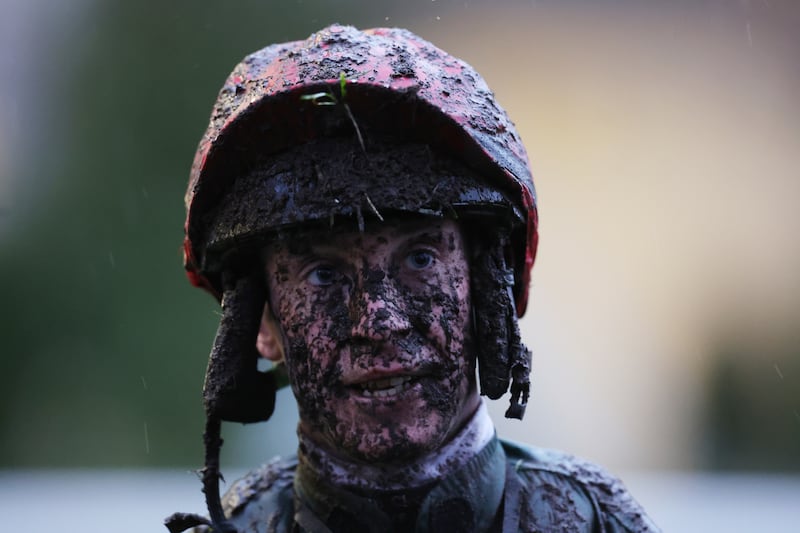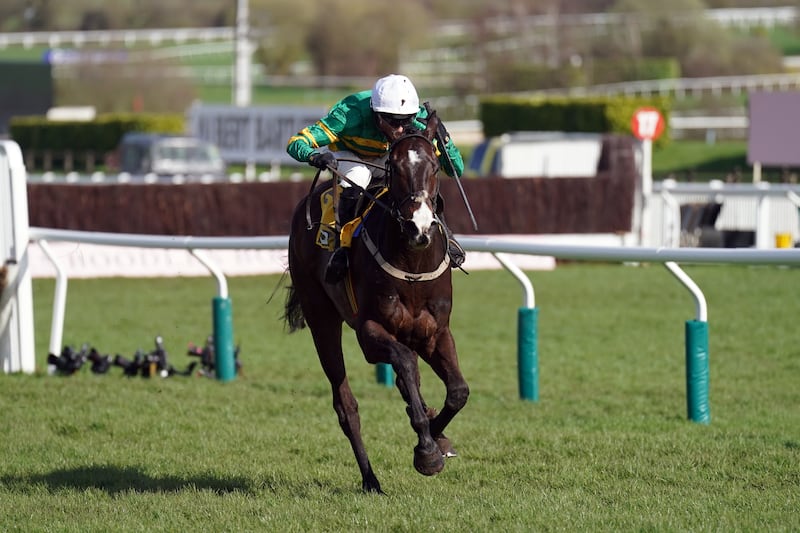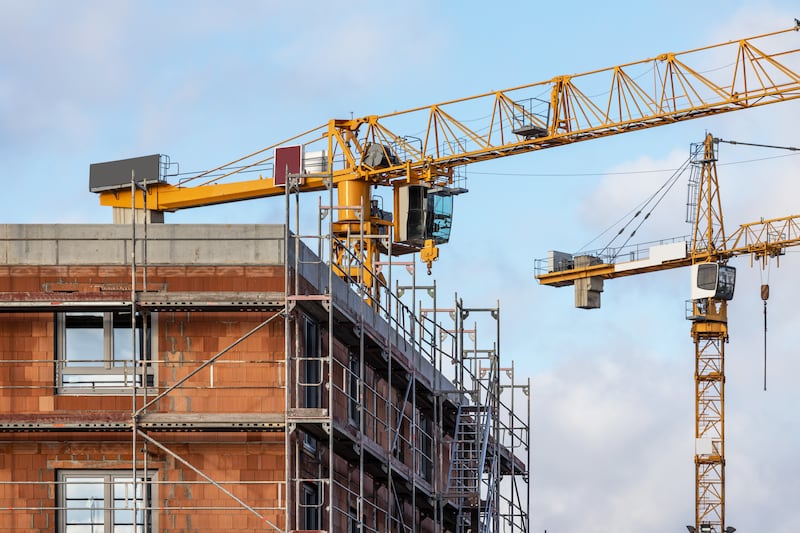Like all gallery owners, Orkideh Daroodi closed the doors of her Tehran venue in October to show her support for the pro-democracy demonstrations that were escalating.
Her decision to reopen six weeks later for an exhibition by three female artists triggered an immediate backlash, with red paint doused on the front of the gallery.
“I was accused of normalising” the situation in Iran, said Daroodi (40), who owns O Gallery, one of the country’s leading visual art venues. “But our lives have not become normal and none of us are the same as we were before,” she said. “How can anyone help the protest movement by not working? If we choose to close our doors in the private sector, and stay in our homes and studios, we only become more isolated.”
Iran’s artistic community remains divided over how to enable the pro-democracy movement and how to engage with the country’s establishment. The regime shows no sign of compromising with the movement that erupted five months ago following the death in custody of Mahsa Amini, a young woman detained for not following the Islamic dress code correctly.
RM Block
They mushroomed into some of the biggest and most enduring anti-government demonstrations since Iran’s Islamic regime came to power in 1979, with the opposition demanding the theocracy be replaced by a secular administration. More than 300 protesters have been killed, including 44 children, according to Amnesty International, the rights group. Four of the demonstrators have also been executed.
Film stars, musicians, artists and sporting heroes helped steer the protests when the opposition lacked organisation and leadership.
The protest movement has now subsided, and there is intense debate in the artistic community about whether to continue the civil disobedience campaign by keeping public places shut and refusing to attend events, or to return to work.
While restaurants, shops, cinemas and theatres have mostly stayed open, concerts have largely ceased. At the same time, new forms of expression have emerged, notably a thriving protest art scene in the form of music, videos and cartoons. “Even the red paint on O Gallery was itself art because today’s art is street and protest art, not art inside galleries,” said one person who has exhibited at O Gallery.
Daroodi, who was also conscious of the running costs of her premises, said she believed her decision to reopen had been justified. “The gallery as we knew it before doesn’t exist any more and artists are becoming more creative. Conversations have changed – as if the gallery has turned into a new refuge for artists,” she said. “It is the atmosphere that matters now, not necessarily what’s hung on the walls. Why should we deprive ourselves of the few private safe spaces left to gather and talk about art and everything else?”
Other venues are expected to start holding exhibitions after the Persian new year holiday in March, although one gallery owner said he was fearful that protesters could cause disruption. “Most artists quietly tell us to reopen but they’re not sure if they want to have solo exhibitions yet,” he said.
The state-run Fajr Film Festival is the latest artistic event to stir controversy. The festival, held each year in early February to mark the Islamic revolution, used to be seen as a credible platform, despite its state affiliations.
But, this year, the authorities have struggled to maintain legitimacy. Some leading performers and directors have backed a boycott. Alireza Motamedi, director of Won’t You Cry?, one of the most prominent Iranian films of the past year, also expressed dissatisfaction that the film’s producers decided to participate.
Kiumars Pourahmad, a renowned Iranian director, said the festival had “no value and importance for me in particular in this bloody and painful year”. But actor Reza Kianian said he did not agree with the boycott, insisting it was “never too late to have a dialogue in the country”.
The regime is upping the pressure on artists and celebrities to keep out of politics. The Javan newspaper, close to the elite Revolutionary Guards, hit out at those who “believed their absence could inflict irreparable damage” on the festival, while the “reality is that you’re not so important”.
Taraneh Alidoosti, who starred in The Salesman, which won the 2016 best foreign language Oscar, was held for 19 days after she objected to the hanging of a protester. The wife and daughter of Ali Daei, a former footballer who backed the strike call, were removed from a flight to Dubai when it was forced to land mid-flight and returned to Tehran. Toomaj Salehi, one of Iran’s best known rappers who also supported the protests, is in custody facing execution, according to activists.
Iran’s parliament is also pushing for a new law aimed at preventing prominent people from raising allegations against the regime before they were officially confirmed.
The atmosphere in Tehran is now calmer than at the height of the protests, although a sense of gloom has set in. Yet acts of political resistance have continued.
One O Gallery artist decided that, instead of selling her works, visitors could instead tear them to pieces as a way to release their anger. Daroodi said she felt heartbroken when the first work, a painting of a woman lying down, was ripped apart – a violent act that was reminiscent, she said, of the fate of victims of the protests. But she also appreciated it was a sign of the changing times.
“Other gallery owners who have not yet publicly opened their spaces know they need a different approach but they don’t have a solution on how to go on without being accused of normalising events,” she said. “But what seems certain is that there can no longer be exhibitions just for the sake of exhibitions – at least for the foreseeable future.” – Copyright The Financial Times Limited 2023






















